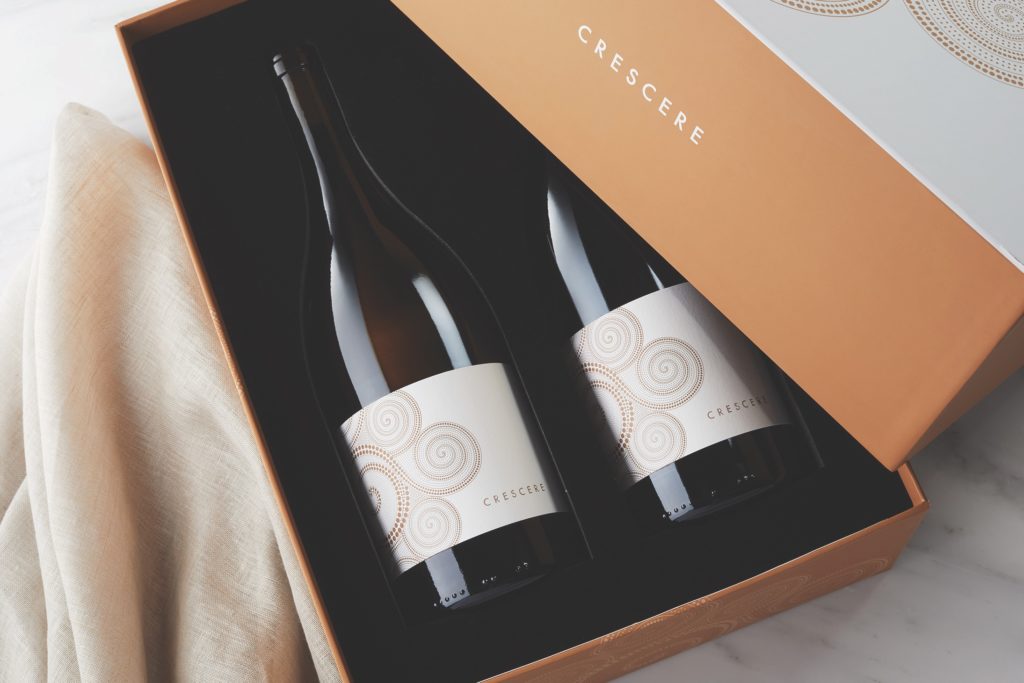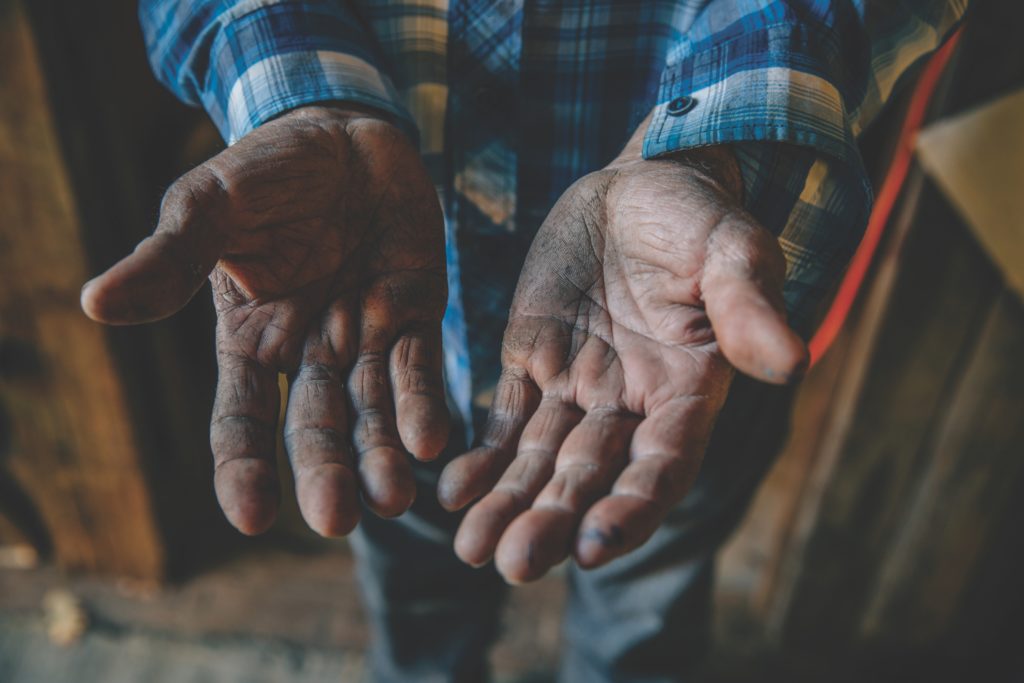
Crescere Wines Is a Familia Affair
A Mexican American-owned vineyard has planted a flag in Sonoma.
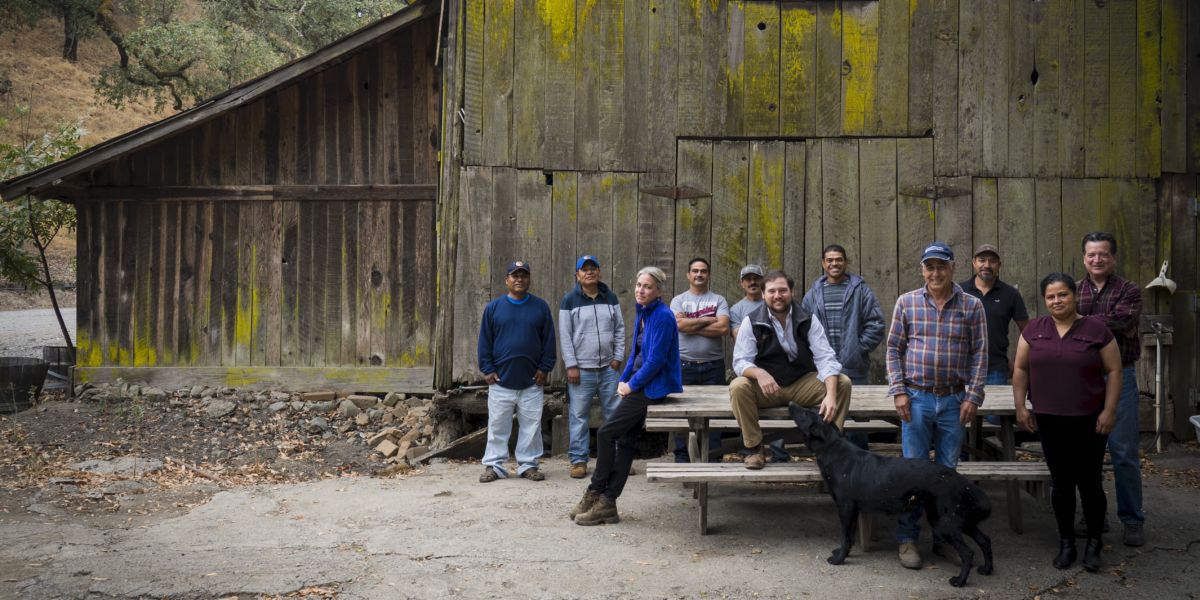
Thomas J. Story
If you’re hard-pressed to imagine getting through the holidays with your family, try making a high-stakes, high-end wine with them. But that’s exactly what the Reynoso family is doing in Sonoma County with their Crescere Wines—one of a handful of Mexican American-owned wineries in the country. Their secret? Everyone has their own passion.
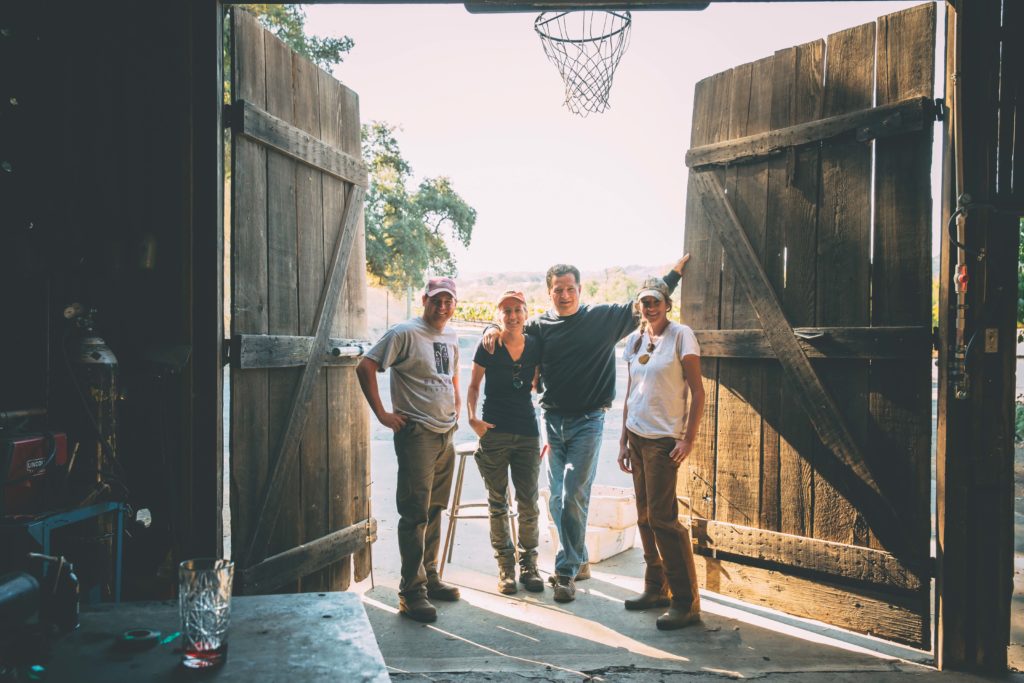
Charles Gulling
“I’m more of a dirt guy who really loves a ranch,” says father Joe Reynoso. “And my wife, Elena, is more of a wine geek—she sets the direction for the wine. We apologize to each other before we start harvesting for everything we’re going to say, and then we take a long weekend afterward to make up.”
Joe’s joking—almost—but Crescere is nothing if not a family affair. 26 years ago, the successful options trader and son of Mexican immigrants bought the property in northern Sonoma.
Elena, a wine professional for 30 years, had a love of Bordeaux, and Joe found an idyllic 500-acre parcel that had been planted with 10 acres of phylloxera-riddled vines, which were promptly torn out.

Charles Gulling
Then, in a refreshing change from the gold rush fever of the past few decades, the couple rushed absolutely nothing. They raised their family. They enjoyed the land.
Joe’s son, JW, is now in charge of the field team, and like his father focuses on farming. He grew up on the property—around the vines, in nature, away from the family’s then-home in Chicago. And perhaps because of that, he too has gravitated towards the natural aspects of the business, not vinification.
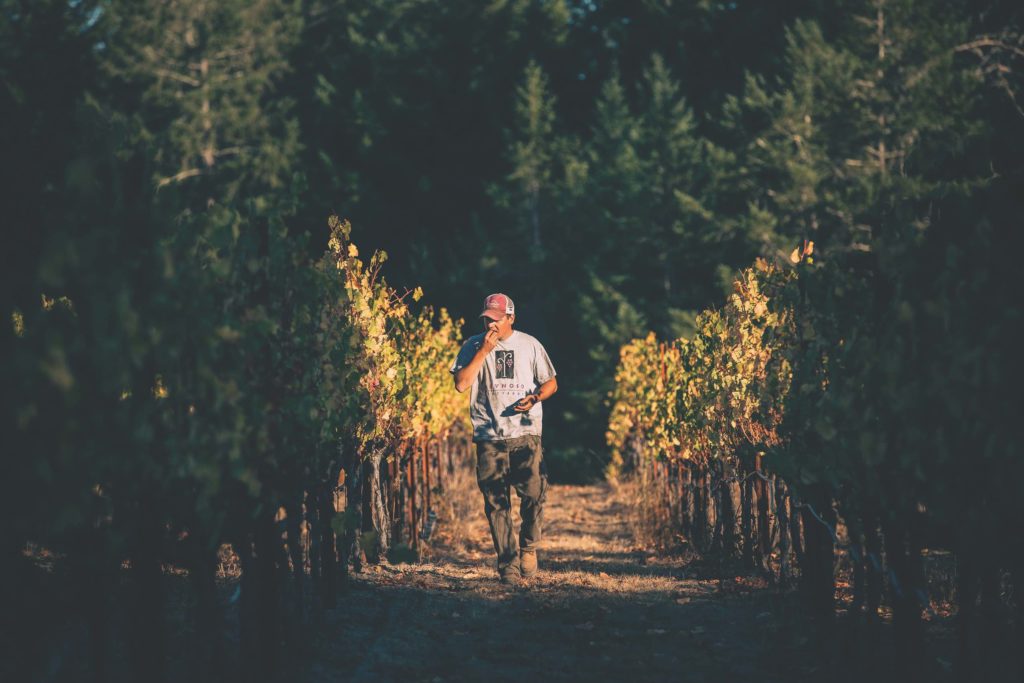
Charles Gulling
“We spent all our summers out here from when I was seven,” JW recalls. “Out here with my brothers and cousins—it was like summer camp. We’d be camping down by the river, riding dirt bikes, playing wilderness survival, and we’d be gone for days at a time—not a lot of showering. It was the best of both worlds.”
Back then, you’d only need four digits to swap numbers and the nearest town, Cloverdale, had but one major intersection, says JW. But now, he’s all grown up at the age of 33, the same age Joe was when he bought the vineyard, and with a two-year old and a one-month-old, JW is focused on preserving Crescere for the next generation.
The brand isn’t much older than JW’s children. “We wanted to make sure we knew how to farm grapes properly before we tried to make a wine,” Joe says, evidencing a restraint you don’t often find in the land of $100 bottles and skyrocketing land costs. It’s clear they’re in this for family, not for money.
